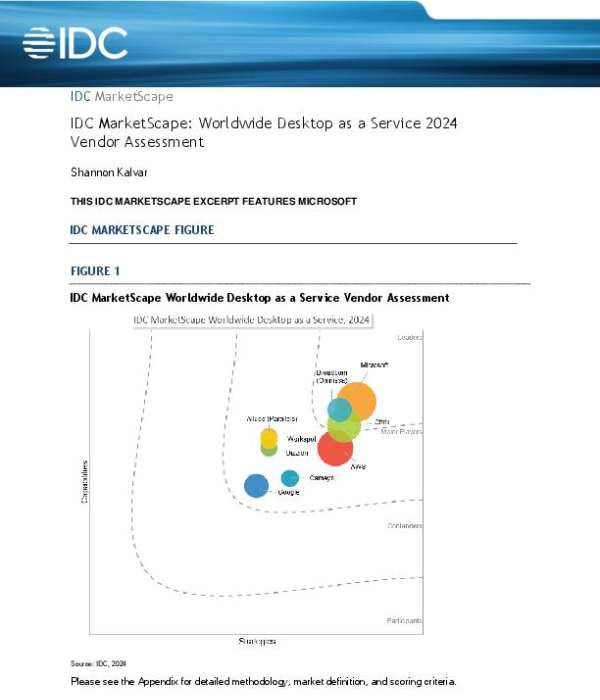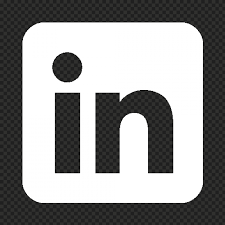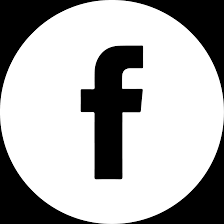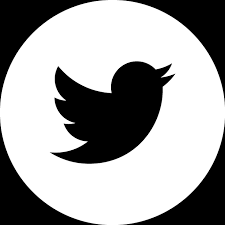
“Imagine All the Devices Living in Peace”. OK, so that’s not quite how the John Lennon song goes, but it still underscores a major theme of the Windows 10 event this week. Microsoft has recognized something that Apple has known for quite a long time…that people use MANY devices.
From PC’s to tablets to phones to TVs and… as our previous blog post mentioned, it’s all connected to the internet.
Microsoft has provided a new answer to the age old question “how do I make this easier for the user?”. The answer is scaling back. Currently, there are three versions of Windows 8 out there with Windows 8.1 for PC’s, Windows RT for tablets, and Windows Phone for smartphones. Microsoft’s first goal with Windows 10 is to have all of the aforementioned devices running the same type of operation system while improving the integration between the three versions starting with distinction between the PC and tablet.
Microsoft is really making some headway with its Surface tablets. Making gains with Windows 8 though; not so much. However, that does not mean that Windows 8 was a total disaster. Over two years of research, Microsoft has found that people do like Windows 8, but are often ignoring the ‘Metro’ tablet-like features in favor of a more traditional Windows 7 like environment. Microsoft hopes to guide the hand of the user with a more seamless transition mode between traditional PC’s and Tablets. Last year, Microsoft made a major push to expand the market of Office onto as many devices as possible.
Given the pending release of Windows 10, it’s no longer foolish to say that this s a prelude for Microsoft’s further attempts to make inroads into the corporate IT department. Users may like Apple mobile products and even hang on to a blackberry or two, but an important fact remains about the enterprise computing world, the majority of the professional world runs on Microsoft and not Apple. With Windows 10, Microsoft hopes to leverage this fact to include every facet of the modern IT department from the desk, to the laptop bag, to the pocket. It is not a stretch to see an iteration of Windows Server in the near future that covers corporate mobile device management.
Though Microsoft’s ultimate goal is to make Windows 10 the one stop operating system for all devices, they understand that they will have to entice users into actually make the switch. So, to begin Microsoft has incorporated two features in Windows 10 that they hope will catch fire. The first is an expansion of Cortana, Microsoft’s answer to Siri. If it runs Windows 10, then Cortana will be there.
The second major feature is the next iteration of Internet Explorer which is not IE at all. ‘Project Spartan’ as it is currently being called, is Microsoft’s attempt at rewriting its classic, and sometimes tiresome, browser experience. Though not too many details have been released the product is being described as having the same goal as Windows 10. That is to say, Spartan hopes to create a browsing experience that can easily translate between the desk, laptop bag, or pocket.
Microsoft is really betting the farm with Windows 10. How big of bet? They are giving it away for free. No, we don’t mean just Spartan or Cortana… we mean the WHOLE THING! If you are currently using Windows 7 or 8.1, Microsoft will upgrade you to Windows 10 for free. Some view this as an apology for the shotty Windows 8 release and development, but we see it as something else. We see Windows 10 as Microsoft trying to have its cake and eat it too which is not such a bad thing. Windows 10 is Microsoft’s commitment to remain a player in the mobile sphere with Google and Apple while trying to leverage its historic and, as of right now, unchallenged domain as dominant player in the PC market. Microsoft has planted its flag. Now we will see if it can stand up to the winds ahead.
Ludovic Levivier
Founder & CEO, LINC Project, INC. a Managed Service Provider in New York and San Francisco



.png?width=306&height=50&name=Logo_width.jpg(2).png)


